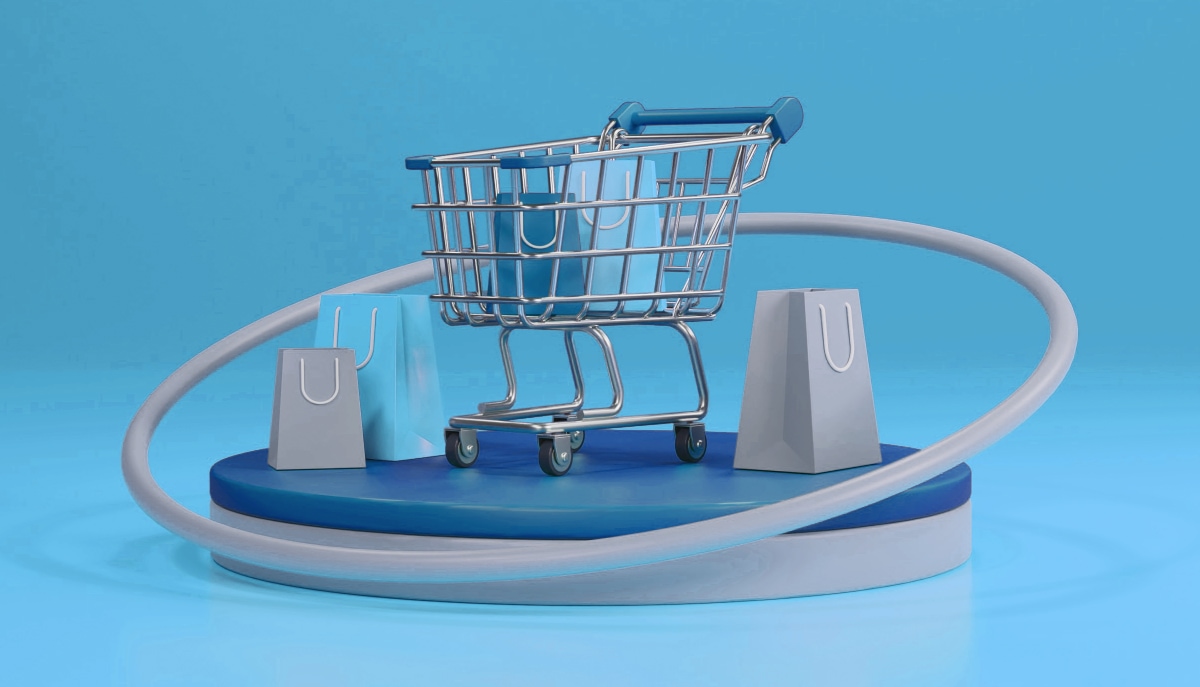In today’s hyper-connected world of retail and consumer goods, understanding the customer journey is more critical than ever. As digital disruption and evolving customer expectations continue to shape the future of these sectors, organisations are striving to achieve ‘Shopper 360,’ a comprehensive and integrated view of their shoppers that is the retail equivalent of ‘Customer 360.’
By using cloud data platforms and their martech stack, retailers and consumer goods brands can masterfully stitch together previously fragmented customer touchpoints to offer customers more personalised experiences and drive meaningful engagements.
Here are four pivotal steps industry leaders must take to achieve an integrated perspective of the customer journey:
1. Establish a single source of truth
A disjointed, fragmented customer view can lead to inconsistent experiences, missed opportunities and, ultimately, lost sales. As a result, retailers and consumer goods brands must ensure that consistent, up-to-date data informs every touchpoint with their shoppers. This all starts with establishing a single, consolidated view of all shopper data, regardless of the source—whether from in-store POS systems, ecommerce platforms, mobile apps or a third party.
Integrating shopper data into one single, queryable location creates a foundation for strategic decision-making, ensuring that every touchpoint is rooted in accurate, comprehensive data. Modern integration tools help automate this process by automatically gathering and cleansing data, handling discrepancies, removing duplicates, and consolidating various sources of data across the retail and consumer goods ecosystem.
2. Conduct identity resolution and enrichment
Once a single source of truth exists, the next step is to correctly identify individual consumers and enrich their profiles with all available data points. Identity resolution is the intricate process of connecting multiple identifiers across various data touchpoints to single out one unique individual.
Retail and consumer goods customers engage with brands through increasingly diverse channels, which makes it more important than ever to discern a single identity from a sea of scattered interactions. By linking identifiers such as email addresses, phone numbers and user IDs, organisations can confidently determine how different pieces of data can be attributed to a single individual. Data enrichment then helps to augment this kind of information with additional behavioural context, such as footfall, weather, financial, geospatial and macroeconomic data—and as a result, many retailers and consumer goods brands collaborate with third-party vendors to build up a more comprehensive shopper profile.
3. Derive actionable insight with analytics and data science
With a rich, consolidated view of each shopper, retailers and consumer goods brands can now delve into analytics to derive actionable insights. Knowing shopping patterns and preferences—such as which products and SKUs are trending, which marketing campaigns are effective, or when and why shoppers are likely to engage with brands—can lead to substantial revenue uplift. A plethora of modern data analytics tools can help organisations achieve this.
At Snowflake, we’re seeing a lot of interesting customer use cases in the areas of segmentation, lead scoring, churn analysis and basket analysis, as well as the application of data science techniques to better forecast demand and plan inventory. This level of granularity offers retailers and consumer goods brands an incredible opportunity to gain competitive advantage by truly understanding and predicting individual shopper behaviour.
4. Activate data and optimize with native Artificial Intelligence and Machine Learning
After retailers and consumer goods brands have unified and enriched their data, resolved identity and analyzed shopper activity, it’s time for the exciting part: applying all these insights.
Typically, this data activation is done through targeted, individual engagement designed to drive differentiated customer experiences. Personalization is key here, using rich shopper profiles to send tailored, relevant and timely offers via data activation platforms directly connected to an organization’s Shopper 360. By leveraging artificial intelligence and machine learning models to power recommendation engines that enhance product up-sell and cross-sell opportunities, retailers and consumer goods brands can more precisely personalize offers to truly differentiate their messages at the right time.
Modern customer data platforms (CDPs) play an invaluable role in managing this end-to-end process and helping organizations drive increased customer lifetime value through seamless, data-driven shopper experiences.
Learn more success secrets
Learn more about Snowflake’s Shopper 360 framework and how the Modern Marketing Data Stack can help in our 4 Steps to Shopper 360 Success webinar. Watch now.
